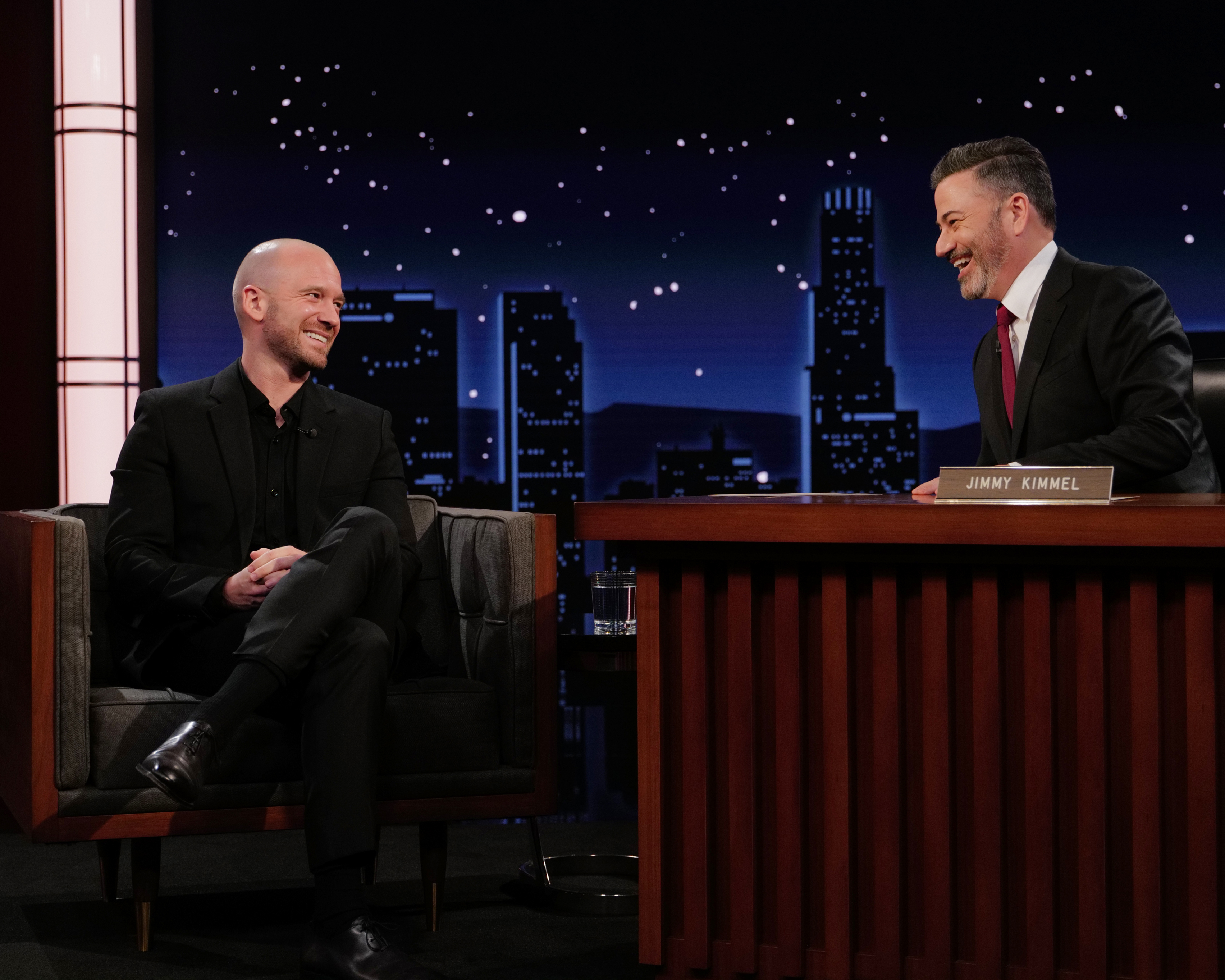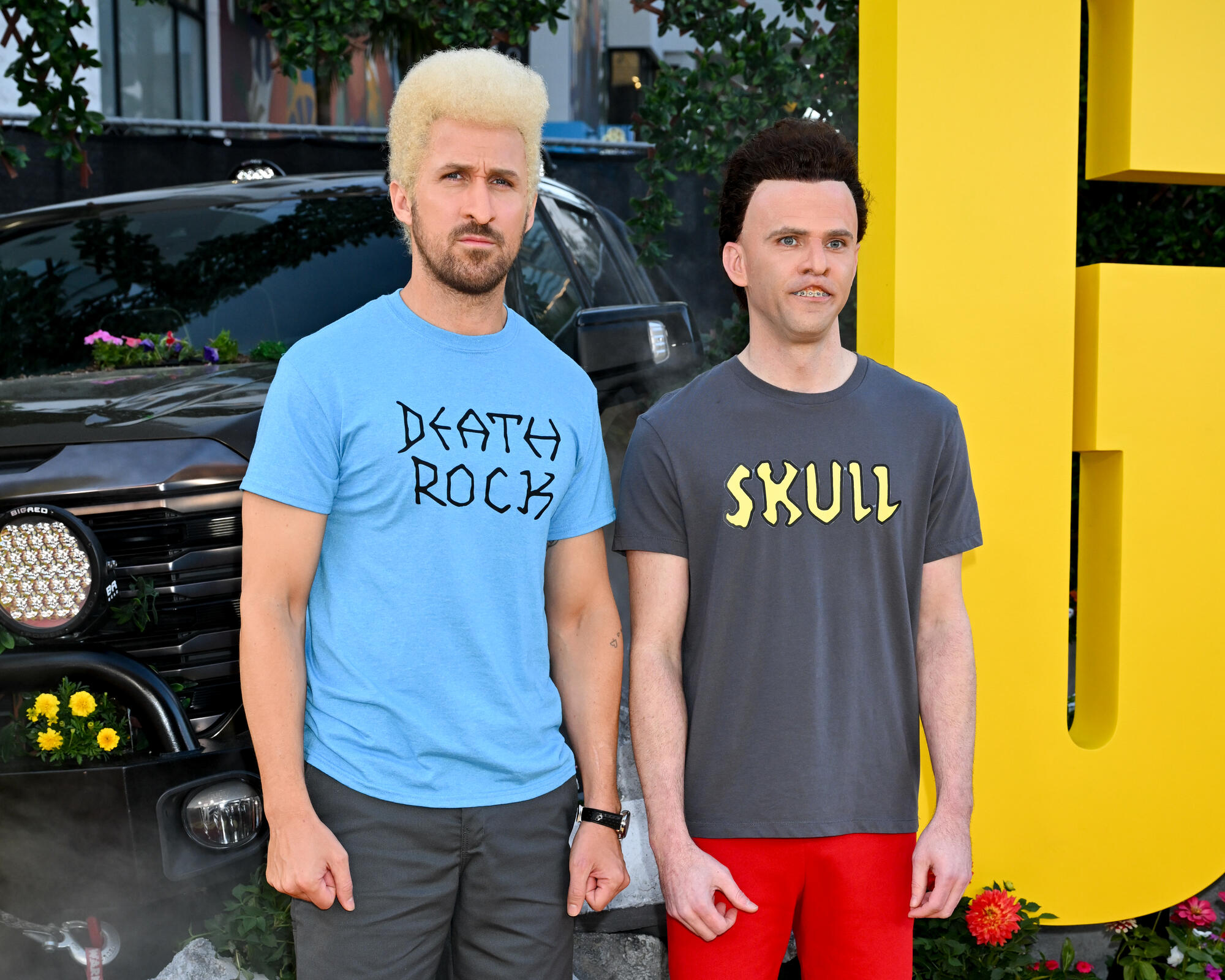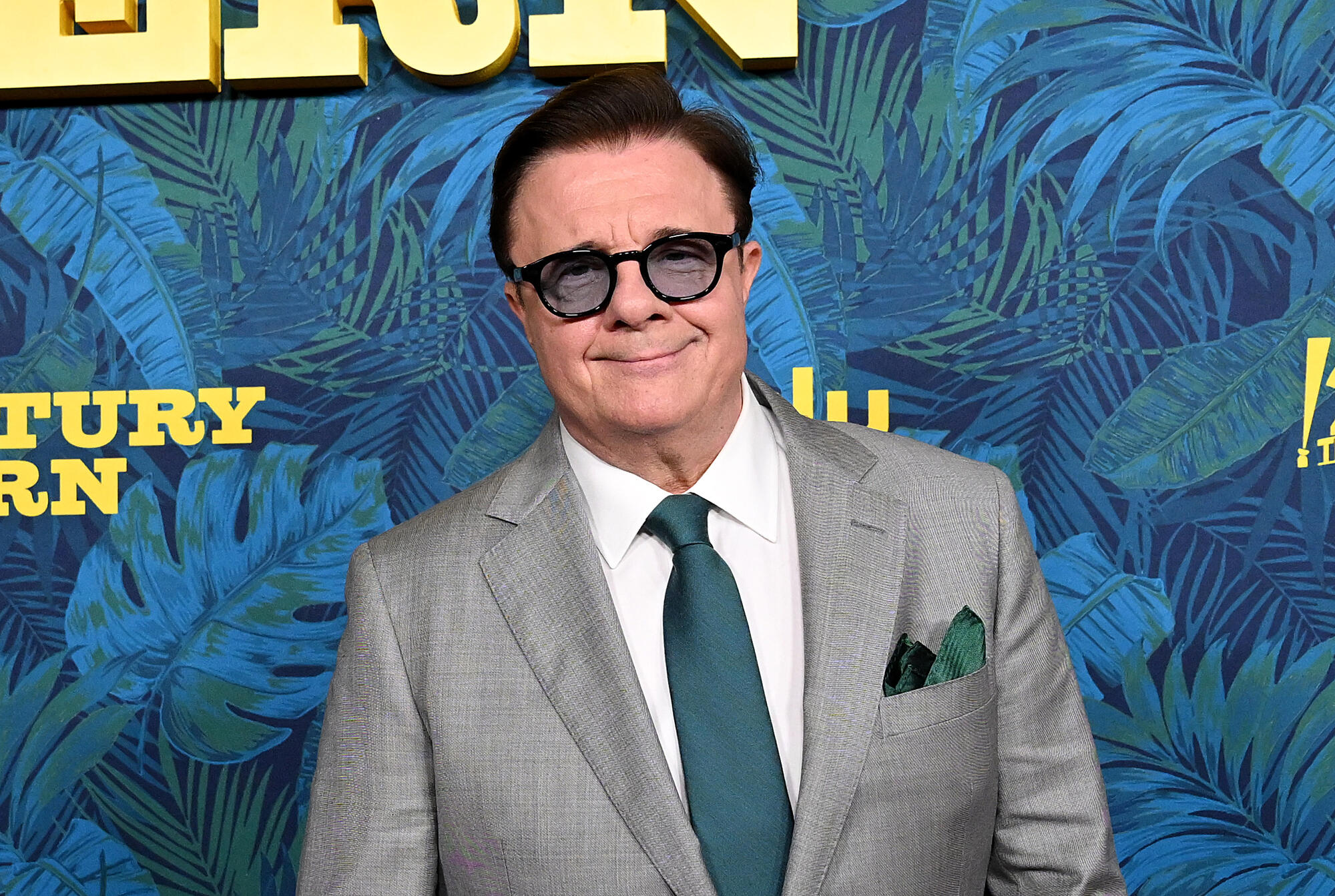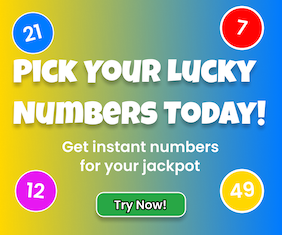According to “Jimmy Kimmel Live!” executive producer and head writer Molly McNearney, the ABC series’ first official venture into short form comedy, “The Rabbit Hole,” was partially a matter of real estate. “We just have too much show now. Particularly in the days of the Trump administration, we have breaking news at 2:00, 3:00, 4:00 that we have to cover. And so we don’t have the space for more evergreen bits unfortunately right now,” she said to IndieWire over Zoom. “But thank God for the internet. They can live really well there.”
Created by “Jimmy Kimmel Live!” writer Jesse Joyce, “The Rabbit Hole” is a parody of the conspiratorial podcast content plaguing YouTube homepages. Some topics covered in the six episodes include the untold dangers of windmills and boat wakes, and how President Trump may be a time traveler. The Short Form Emmy contender works best as an online exclusive because “the internet is kind of the nucleus of disinformation,” said McNearney. “We thought it’d be best for it to live in the world in which those things are festering.”
In the traditional late night space, the idea that broadcasts like “Jimmy Kimmel Live!” need to create a spin-off series a la “Carpool Karaoke” to survive in the digital age is so prevalent that “Hacks” Season 4, which saw protagonist Deborah Vance (Jean Smart) launch her own nighttime talk series, had a running joke about it. However, McNearney explains that the reality, at least for her show, has been that episodes of “Jimmy Kimmel Live!” already translate super well to digital. “We have over 20 million subscribers to our YouTube channel,” she said. “We work our butts off on these monologues and these shows every night. And as network ratings are dwindling, online numbers are not, and we saw that our monologues, any given monologue, you wake up and 5 million people have seen it online. It’s wild.”
Basically, late night hosts like Kimmel, Seth Meyers, and “The Daily Show” correspondents are not necessarily producing online only spin-offs as this desperate act to gain a younger audience, as the “Carpool Karaoke” jokes imply, but are instead using the space to bolster ideas that would have once made for great segments during a time in history where their shows did not have to cover an endless flood of exigent news. “Our monologues are so jam packed. They’re 15 minutes a night and we are covering the daily stories every day, and we can’t get to half of them,” said McNearney. “There’s never a slow news day anymore where we have room for [something like ‘The Rabbit Hole’].”
It also helps that there have been several digital projects in recent years that have proven that what once may have been a great pitch for a late night segment can now stand on its own as a series. The strongest example being “Hot Ones” from First We Feast, a YouTube show where celebrities are interviewed while eating a platter of increasingly spicy chicken wings. Created in 2015, host Sean Evans first thought of “Hot Ones” as “an internet sideshow” on a “gonzo wavelength.” However, one decade in, the show is now eligible for the Outstanding Talk Series Emmy alongside “Kimmel” and other late night shows its taken inspiration from.
“Everything about traditional late night inspired me. My earliest core memories are watching ‘Letterman’ with my dad,” said Evans to IndieWire during an interview before the show’s for your consideration event in Los Angeles. “That’s when I understood the power of a talk show … this guy could be on the other side of the country and have such a profound effect on my own father’s life.”
Even though it started as the product of a digital publication, Evans said “I’ve always thought of myself as more of a traditional host, and the show is entertainment more than any sort of hard news slant or rooted in any kind of journalistic purpose.” He added, “We had this unique novel hook of eating scorching hot chicken wings with celebrities. But the thing that was going to get people to stay that was independent of that, an unimpeachably excellent interview show. So, I think that that’s where personally all of my energy went into.”
Evans also is quick to remind people that the actual media landscape in which “Hot Ones” launched did not favor YouTube videos with sitcom episode-length runtimes. “The big thing back then was snackable content. Everything needs to be four to seven minutes, and we had a lot of pushback about the actual length of the show, but I was always a traditionalist in the way that I approached it and the vision that I had for what the show would become,” said the host. “So, in that way, we bucked against the conventional wisdom of the time. In a lot of ways this show is more inspired and shaped by traditional broadcasters and traditional late night than any of the atmospheric conditions around the digital media context that we were built in.”
Though he pushes back against headlines that make “Hot Ones” sound like it is trying to replace traditional late night talk series, Evans does believe the show has rightfully earned its spot as an Outstanding Talk Series Emmy contender. “Once something lasts 10 years, then at that point it’s undeniable. We’ve been relevant for 10 years,” said the host. “How many shows have been launched since we started and are long gone? Pretty much all of them. So, in that way, we deserve to be here.”
He continued, “look at where ‘Hot Ones’ lives in culture, look at the kind of penetration that it has. Look at the guests that we have on. And then obviously look at the ratings, look at the views, and then look at how we’ve done this consistently for 10 years. At that point, we do compare rather favorably, and we compete rather favorably with all the late night traditional talk shows.”
That there are instances where Evans has brought the “Hot Ones” format to “The Tonight Show Starring Jimmy Fallon” as a segment almost feels like a footnote in the show’s history, but does hit on how the proliferation of digital talk shows like his, or “Subway Takes,” or “Track Star*,” or “Gaydar” has developed because they either have a real stripped down set like “Hot Ones,” or use a man-on-the-street style that can travel to different places quicker than a full studio production. It becomes easier to book bigger talent if your show can come to them.
Evans gives a shoutout to “Chicken Shop Date” as another example of an online series that has been similarly nimble, but has started to penetrate traditional media, with host Amelia Dimoldenberg becoming a go-to red carpet correspondent. All she needs for her show is a chicken shop, meaning she’s been able to take it to several countries, but it’s her interviews that are really the selling point. “A lot of times I feel like people nowadays, they can’t just sit down and do an interview. They have to introduce some sort of high-concept disruptive element in it. And I would say that some of those are good and some of those are not so good. And I don’t want everyone to be chasing a format or novel idea so much that they lose sight of the fact that just sitting down questions and answers, that is the foundation of it all. If you ask good questions and you get good answers, you don’t need to introduce some sort of high-wire act in the middle of it all,” said Evans. Both their shows are “so stripped down that the watch experience is different every single time, because it’s just an extension of the guest’s personality in a way that is unique.”

This moment of convergence, where traditional late night shows embrace digital native content as more and more digital series find success using a framework inspired by traditional late night shows, has proven that Nielsen ratings are not the end-all-be-all of a healthy late night TV ecosystem. Digital content is only becoming more and more expansive. With “The Rabbit Hole,” McNearney said “It’s nice to figure out how Jimmy’s voice can live in a different room. It’s the same voice. It’s just we’re talking in a different room now, and it’s nice to be able to go to several different rooms at a party.”
In terms of how they currently approach “Jimmy Kimmel Live!,” she said “the first thing we’re doing is figuring out the show, what works best on the show, and then how can we make that as appealing as possible online. But we also have come up with a lot of great ideas that could live online only.” Again, “because our monologues are so packed with the daily news, we can allow a little more space, less topical things to be online. And there’s definitely an audience for it. We’ve found that thankfully ourselves, and we see other people doing it successfully, and we would like to continue to do that for sure,” she said. McNearney can even see “The Rabbit Hole” becoming a destination for talent to appear on: “It would be fun to get some wackos on there with him, or people pretending to be wackos.”
Even Evans’ show has started to branch out into spin-offs that could one day be Short Form Emmy contenders as well, like the Webby Award-winning “Hot Ones Versus.” “‘Hot Ones’ proper is the potent drug that our audience is chasing, and that’s what they’re satisfied by,” he said. But “there’s a lot that comes in from duos in movies, and a band, and all of these different things, that we’re like, ‘Oh, it’d be really interesting to shoot with this person. But it doesn’t exactly fit into the “Hot Ones” proper situation.’ So, it’s like, all right, well if you have all of this that’s coming in, you have all these unique opportunities to shoot with these people, and then you have an audience that wants to be served … then you deliver on it.”




